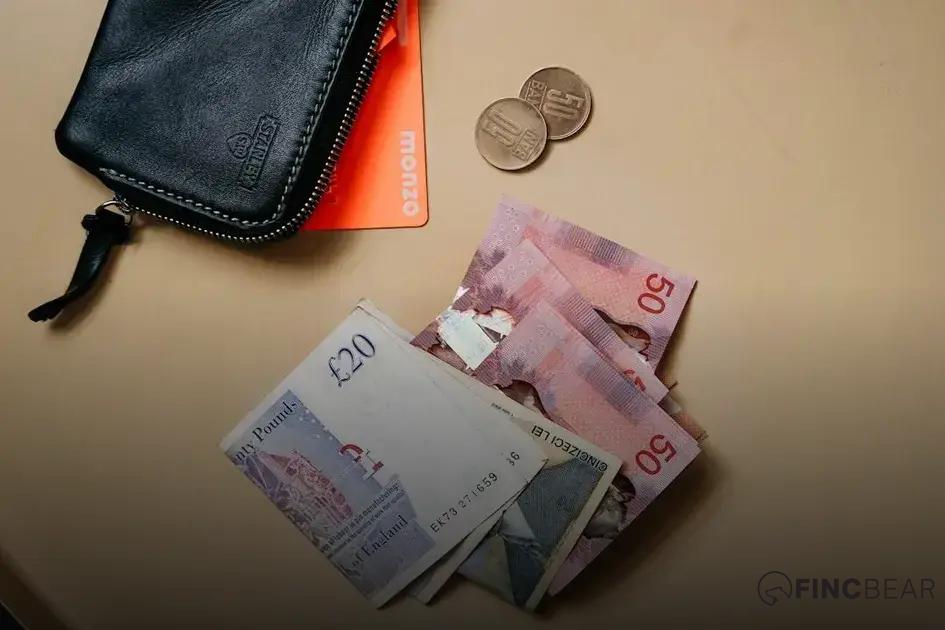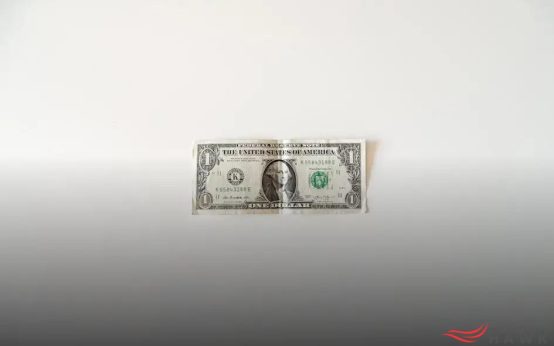Learning how to create a minimalist budget can be a game-changer for achieving financial stability. By focusing on reducing unnecessary expenses and prioritizing savings, this approach enables you to allocate resources more efficiently. In the following sections, we’ll explore practical steps to implement and maintain your minimalist budget effectively.
Understanding the Minimalist Budget Concept
The minimalist budget concept revolves around the elimination of unnecessary expenses and focusing on essential needs to enhance savings. This budgeting style is about identifying priorities and reallocating resources to align with your financial goals.
Key elements of a minimalist budget include recognizing your core expenses such as housing, utilities, groceries, and savings. By minimizing costs that don’t add value to your life, such as excessive subscriptions or dining out frequently, you can find more freedom in your financial planning.
Another component involves regular assessment of spending habits. Reflect on where your money is going and evaluate its necessity. It encourages mindfulness in consumption, steering away from impulsive purchases that clutter your budget.
Embracing this concept requires a shift in mindset. It’s less about deprivation and more about making intentional choices that align with what truly matters. By focusing on what brings joy and utility, you can increase satisfaction while enhancing financial health.
Exploring the minimalist budget concept offers a pathway to simplify finances and redirect energy towards more fulfilling endeavors. It supports a lifestyle shift towards intentionality and simplicity.
Steps to Building Your Minimalist Budget

To successfully build your minimalist budget, start by listing your mandatory monthly expenses. These include rent, utilities, and groceries. Next, identify and eliminate unnecessary expenses, such as subscriptions or impulse purchases. Create a financial goal that aligns with your minimalist values, like saving for a vacation or emergency fund. Allocate your income towards these essentials and goals, ensuring there’s no room for excess spending.
Begin with a simple spreadsheet or use budgeting apps to keep track of your finances. Dedicate time each week to review your budget, making adjustments as necessary. Embrace minimalist tools that help you stay focused, such as automated savings plans or reminders for payment deadlines. Avoid buying in bulk unless it leads to significant savings and is aligned with your needs.
Consider adopting a minimalist mindset by focusing on quality over quantity. Choose products and services that offer longevity and value, avoiding frequent replacements. By being intentional with each purchase, you’ll enhance your budgeting skills and grow comfortable with less. This step-by-step approach allows you to tailor your budget to both current necessities and long-term aspirations.
Tips for Maintaining Minimalist Practices
Adopting minimalist practices goes beyond simplifying your home or wardrobe. When it comes to a minimalist budget, the principles remain the same: focus on what truly matters and eliminate the unnecessary.
Limit Impulse Purchases
Train yourself to pause before buying anything on impulse. Ask if it aligns with your core values or if it merely serves a short-term craving. This habit not only saves money but ensures your spending aligns with your minimalist goals.
Embrace Digital Minimalism
Unsubscribe from unnecessary newsletters. Limit app notifications that push you towards impulsive buying. Focus on using your devices for practical and purposeful tasks.
Regular Review Set aside time monthly to review your budget. This routine check-in helps ensure that you remain focused and adjust as life circumstances change.
Mindful Consumption Conscious spending reflects a commitment to minimalism. Prioritize quality over quantity and invest in items that promise durability and satisfaction, reducing the need for replacements.
Embrace Sharing Economy
Renting, borrowing, or sharing items reduces clutter and helps save money. Look for local sharing groups or libraries for tools, books, or even clothing swaps.
By focusing on these tips, you’ll not only maintain the essence of a minimalist budget but also cultivate habits that enhance financial stability and peace of mind.
Tracking Progress and Celebrating Success

Tracking your progress is fundamental when you are following a minimalist budget. Setting clear milestones helps you stay focused and motivated. You can start by using simple tools like spreadsheets or budgeting apps to observe where your money goes each month. This data is essential to assess whether you are adhering to your minimalist principles and meeting your financial goals.
As you track your expenses and savings, it’s important to periodically review your successes. This involves looking at how much money you have saved, and the debts you may have reduced. Celebrating these achievements is crucial. Take small moments to reward yourself, ensuring that these rewards are consistent with your minimalist ideology.
It’s not only about numbers and savings, but also about embracing a minimalist mindset. Celebrate how your life has become less cluttered and more focused. Reflect on how simplifying your finances contributes to your mental peace and long-term financial health. Keeping a record of these achievements helps in building confidence and reinforcing positive habits.





